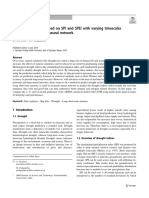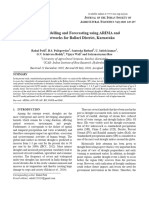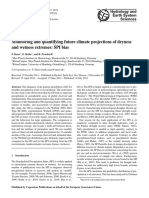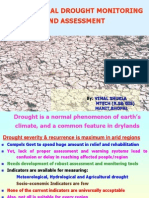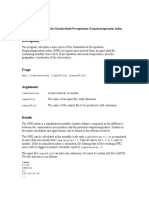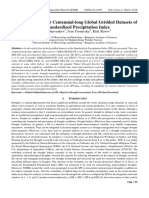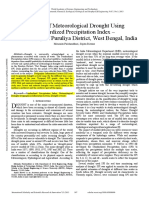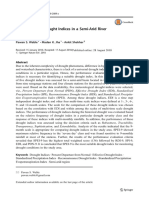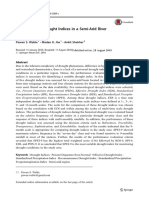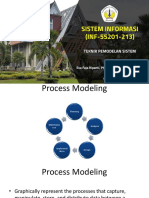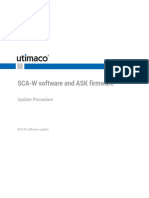0% found this document useful (0 votes)
16 views5 pagesDrought Monitoring Using Remote Sensing
The Standardized Precipitation Index (SPI) is a statistical measure used to quantify precipitation anomalies and identify meteorological droughts over various time scales. The document outlines a step-by-step methodology for calculating SPI using Google Earth Engine (GEE), including data selection, aggregation, probability distribution fitting, and visualization. It also highlights the advantages of using GEE for efficient analysis and monitoring of drought conditions.
Uploaded by
atomicmdadisCopyright
© © All Rights Reserved
We take content rights seriously. If you suspect this is your content, claim it here.
Available Formats
Download as PDF, TXT or read online on Scribd
0% found this document useful (0 votes)
16 views5 pagesDrought Monitoring Using Remote Sensing
The Standardized Precipitation Index (SPI) is a statistical measure used to quantify precipitation anomalies and identify meteorological droughts over various time scales. The document outlines a step-by-step methodology for calculating SPI using Google Earth Engine (GEE), including data selection, aggregation, probability distribution fitting, and visualization. It also highlights the advantages of using GEE for efficient analysis and monitoring of drought conditions.
Uploaded by
atomicmdadisCopyright
© © All Rights Reserved
We take content rights seriously. If you suspect this is your content, claim it here.
Available Formats
Download as PDF, TXT or read online on Scribd
/ 5




